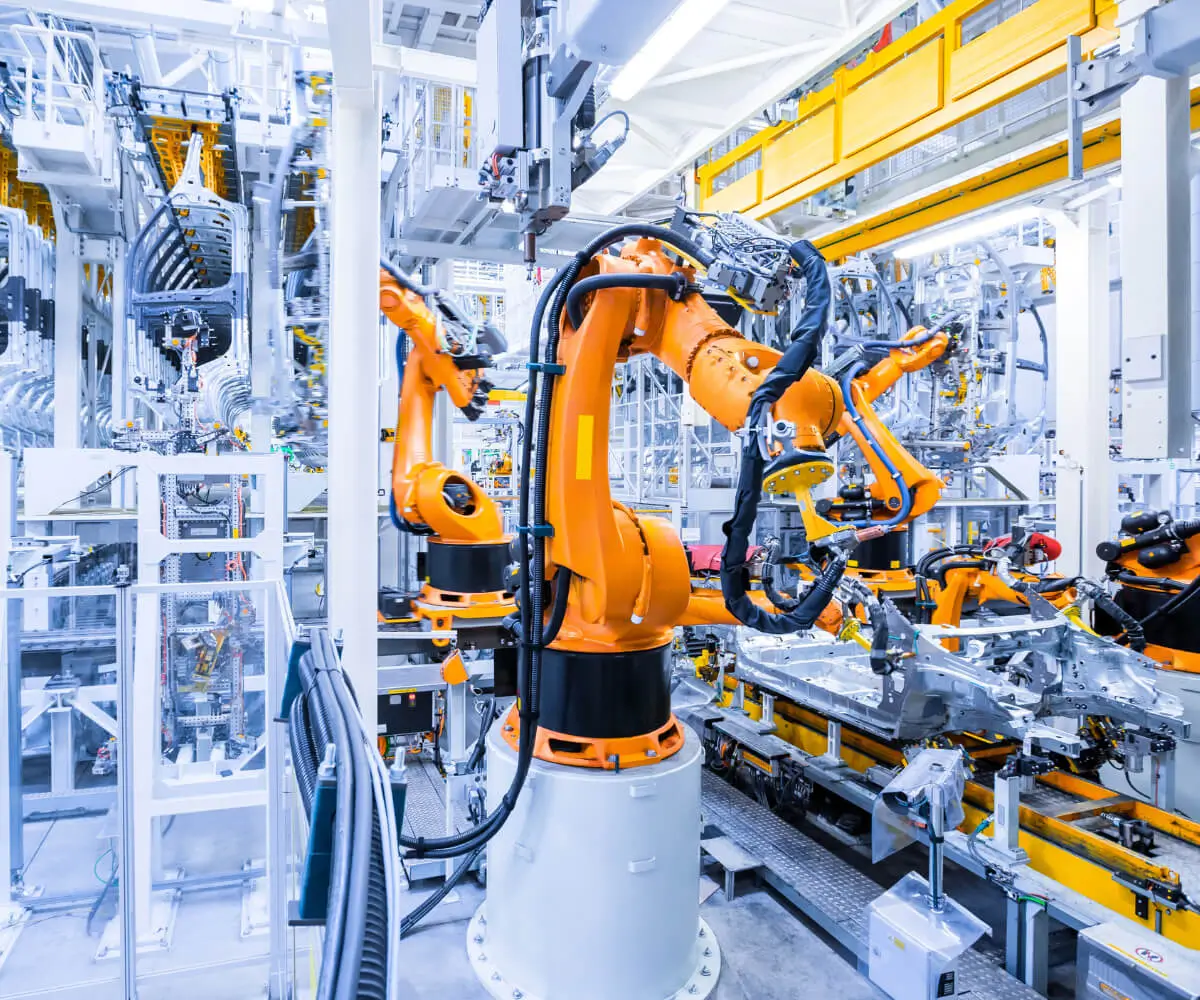Getting Started with Servo Motor Interface and Arduino Uno
When it comes to DIY electronics and robotics, servo motors are among the most versatile and widely used actuators. Whether you’re creating a robotic arm, a camera gimbal, or a simple automated door, understanding how to interface a servo with an Arduino Uno opens up a world of creative possibilities.

In this first part, we’ll explore the basics of servo motors, the essentials needed to connect them with an Arduino Uno, and a straightforward example project to get you started.
Understanding Servo Motors
A servo motor is a rotary actuator that allows precise control of angular position, velocity, and acceleration. Unlike regular DC motors, servo motors come with a built-in feedback mechanism, giving you control over its position through pulse width modulation (PWM). They are designed for high-torque and accurate positioning, making them ideal for robotics and automation projects.
Most hobby servos operate on 4.8 to 6 volts and use a control signal to set the desired position. This control signal is typically a PWM pulse varying from 1ms to 2ms in width, with a 20ms period. The 1ms pulse usually corresponds to 0 degrees, while 2ms corresponds to 180 degrees; intermediate values map to intermediate angles.
Hardware Components Needed
Arduino Uno: The microcontroller that will generate control signals and interface with the servo. Servo Motor: Common brands include SG90 (micro servo) and MG996R (standard servo). Power supply: While some servos can run directly from the Arduino 5V pin, larger servos require an external power source to prevent overloading the board. Breadboard and Jumper Wires: For connecting components easily. Potentiometer (optional): For manual control input. Resistors (if needed): Depending on your setup.
Connecting the Servo to Arduino Uno
The typical three-wire servo connector includes:
Power (usually red) Ground (usually black or brown) Signal (usually yellow or white)
Step-by-step wiring:
Connect the power wire (red) to the 5V pin on Arduino. Connect the ground wire (black or brown) to the GND pin. Connect the signal wire to one of the PWM-enabled digital pins on Arduino; for example, pin 9.
Note: For larger servos, connect the power and ground to an external power supply matching the servo’s voltage requirements. Connect the external ground to the Arduino ground to share a common reference.
Programming the Servo with Arduino IDE
The Arduino IDE provides a built-in library called Servo that simplifies control. Here’s a simple code snippet to attach a servo and rotate it to specific angles.
#include Servo myServo; int servoPin = 9; void setup() { myServo.attach(servoPin); // Attach servo to pin 9 } void loop() { myServo.write(0); // Move to 0 degrees delay(1000); myServo.write(90); // Move to 90 degrees delay(1000); myServo.write(180); // Move to 180 degrees delay(1000); }
This basic program cycles the servo between three positions, demonstrating straightforward control.
Calibration and Testing
Before integrating the servo into your project, test it with the code above. If the servo does not reach the desired positions or wobbles, consider the following:
Check wiring connections. Ensure the power supply provides sufficient current. Use a dedicated power source for larger servos. Adjust the code to include delay() for controlled movement speed.
Safety Tip: Never command a servo to move beyond its physical limits; doing so can damage the servo or cause unexpected behavior. Most hobby servos have mechanical stops at 0 and 180 degrees, but check the datasheet.
Additional Features to Explore
Once familiar with basic operation, you can expand control methods:
Manual Control via Potentiometer: Use a potentiometer to read user input and set servo position dynamically. Serial Commands: Send position commands over serial to control the servo remotely. Feedback Systems: Combine servo control with sensors to create intelligent, responsive systems.
Critical Tips for a Smooth Interface
Keep power sources separate if the servo demands high current. Use shielding or proper wiring to reduce noise and interference. Avoid sending rapid or excessive commands; introduce delays where needed. Calibrate your servo by checking its range of motion; some servos do not cover the full 180 degrees.
Part 2 Coming Soon…
In the second part of this soft article, we'll delve into advanced control techniques, integrating multiple servos into complex systems, troubleshooting common issues, and exploring real-world applications of servo motor interfaces with Arduino Uno. Stay tuned for practical insights, expert tips, and creative project ideas to elevate your DIY projects to professional levels.
Leveraging innovations in modular drive technology, Kpower integrates high-performance motors, precision reducers, and multi-protocol control systems to provide efficient and customized smart drive system solutions.




































